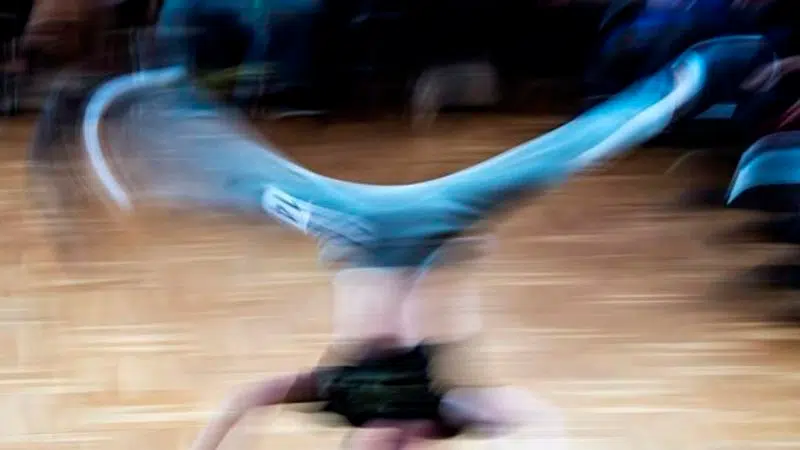
Prospect of breakdancing becoming Olympic sport draws mixed reactions
TORONTO — Canadian breakdancers are expressing mixed feelings about the danceform moving closer to becoming an Olympic sport — with some enthusiastic about the possibility and others concerned it may alter the underground culture around the activity.
Known more commonly as breaking, the dance is being considered for the 2024 Games in Paris, with a final decision expected in December 2020.
Mandy Cruz, a 22-year-old breaker in Toronto, said she’s excited at the prospect.
“It was a really great moment that dance is being recognized as a sport, because it’s very physically demanding and you do have to train your body like an athlete,” she said. “A lot of people overlook dancing, like it’s an easy hobby.”


